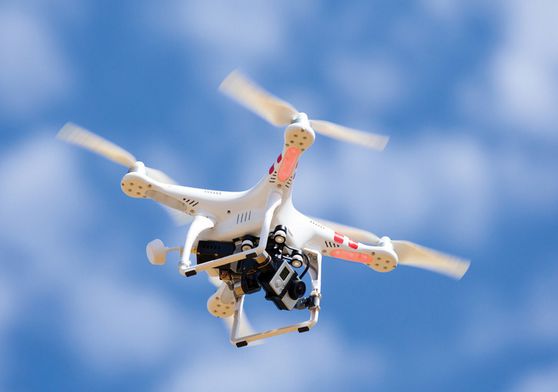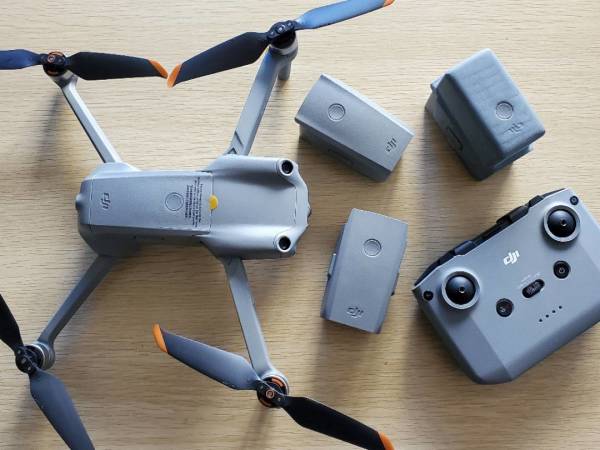The increasing popularity of drones has necessitated the establishment of comprehensive FAA regulations, particularly concerning their commercial use. These regulations are crucial for maintaining safety and order in the airspace. As drone technology continues to advance, the FAA has adapted with new rules aimed at integrating drones smoothly into commercial operations.
Understanding FAA Drone Regulations
FAA drone regulations are designed to ensure that unmanned aerial systems (UAS) comply with national airspace rules, thereby preventing disruptions and maintaining safety. The regulations cover a wide array of aspects, including operational limitations, pilot certification, and technology requirements. The FAA divides drones into four categories, aligning their operational standards with size and purpose to balance innovation with safety.
A cornerstone of these regulations is Part 107, which sets forth rules for the commercial use of drones weighing less than 55 pounds. This includes restrictions on flying over people, operating only during daylight hours, and maintaining a line of sight. Pilots must obtain a Remote Pilot Certificate to operate commercially, ensuring that they understand airspace regulations and the capabilities of their aircraft.
Integration and Impact on Commercial Industries
The commercial use of drones is diverse, spanning industries such as agriculture, construction, and media. The FAA regulations have paved the way for safer and more efficient drone operations, thereby expanding opportunities across these sectors. For instance, in agriculture, drones are used for crop monitoring and spraying, aiding farmers in optimizing yields and resources.
In construction, drones provide overhead views of projects, facilitating better project management and site inspection. Meanwhile, media companies leverage drones for capturing aerial footage, creating more dynamic and engaging content.
However, while FAA drone regulations enable commercial opportunities, they also require adjustments from businesses. Compliance with FAA standards necessitates investment in pilot training and certification. Additionally, businesses must adhere to data protection laws when using drones for surveillance purposes.

The Future of FAA Regulations
As drone technology evolves, FAA rules are expected to become even more comprehensive. Future regulations may include developments in autonomous flight, beyond line-of-sight operations, and increased collaboration with local governments for tailored airspace rules. These changes aim to encourage innovation while ensuring safety remains paramount.
FAQ
What are the requirements for obtaining a Remote Pilot Certificate?
To obtain a Remote Pilot Certificate, individuals must be at least 16 years old and pass an FAA-approved aeronautical knowledge test. The certificate ensures that pilots understand regulations, airspace classification, and emergency procedures.
How do FAA regulations affect drone operations in urban areas?
FAA regulations impose specific restrictions on drone operations in urban areas to prevent interference with manned aircraft and ensure public safety. Operators must secure waivers for operations that deviate from standard rules, such as flying over crowds or beyond line of sight.